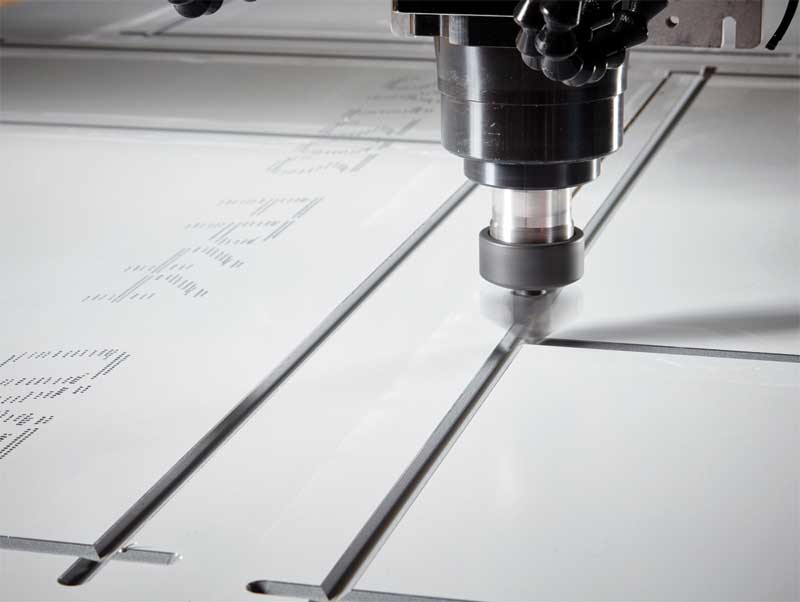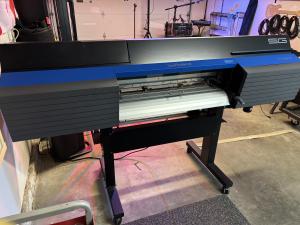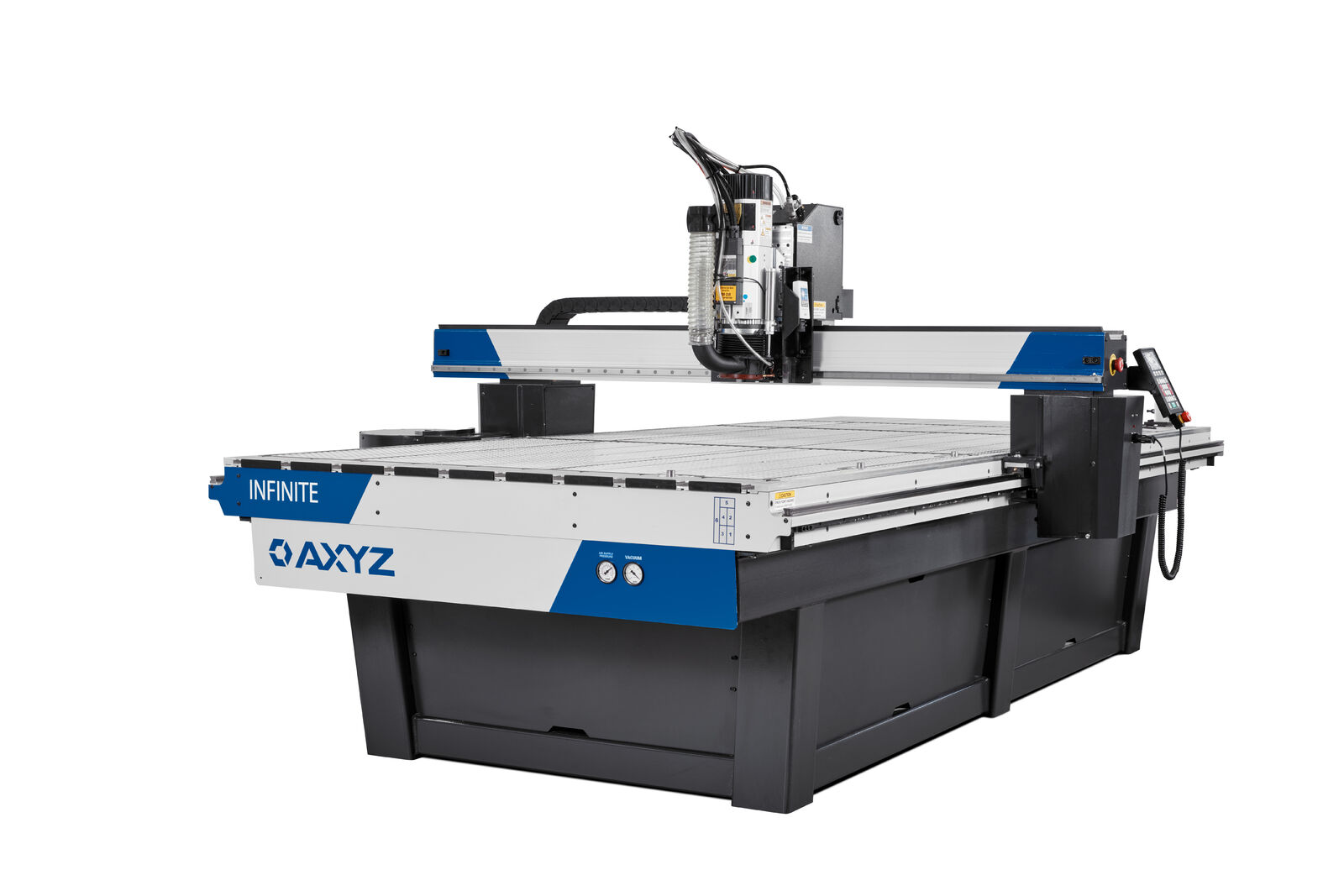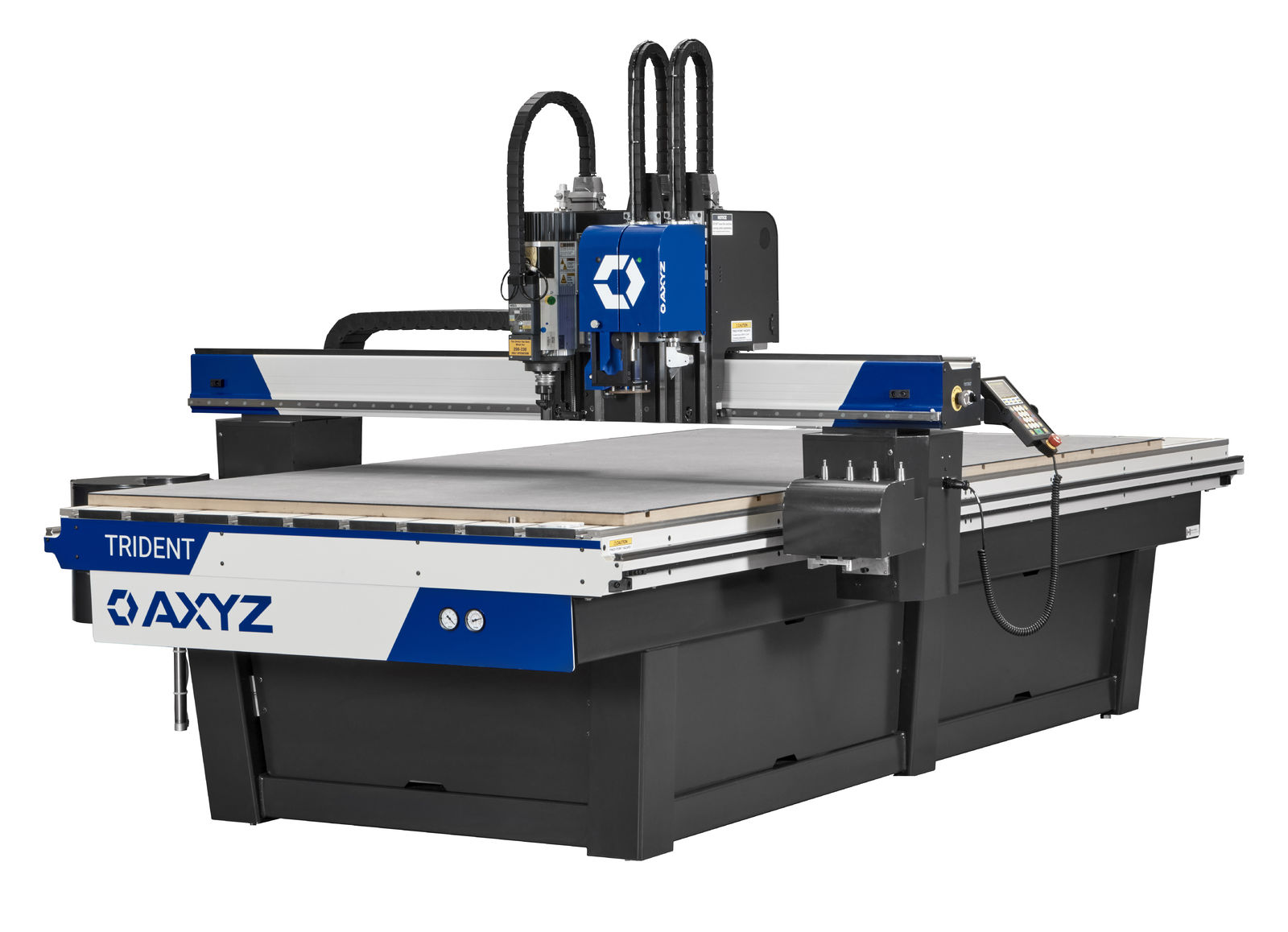CNC Routing: Choosing the right cutting tools

Continual improvement
Any chipping, rough edges and/or burring will alert experienced CNC router operators, indicating they are using the wrong tool—or one that has been worn down. They will also be able to tell how well a specific bit is performing by the sound it makes.
Beyond these indicators, whenever there is any doubt about the correct angle, flute, bit size, spindle feed or speed, signmakers should seek out the expertise of CNC router manufacturers, taking advantage of the ‘lifeline’ offered either online or through direct contact.
It is worthwhile keeping in mind that cutting technology changes. New tooling options continue to enter the CNC routing market on a regular basis. Keeping up-to-date on what is available can help a sign shop continue to increase productivity and reduce waste.
Signmakers should not be afraid to tweak their CNC tooling selections over time. There is always an end goal of achieving as perfect results as possible.
Robert Marshall is vice-president (VP) of market development for Axyz International, which manufactures CNC routers and knife systems in Burlington, Ont., and maintains application development centres around the world. For more information, visit www.axyz.com.





